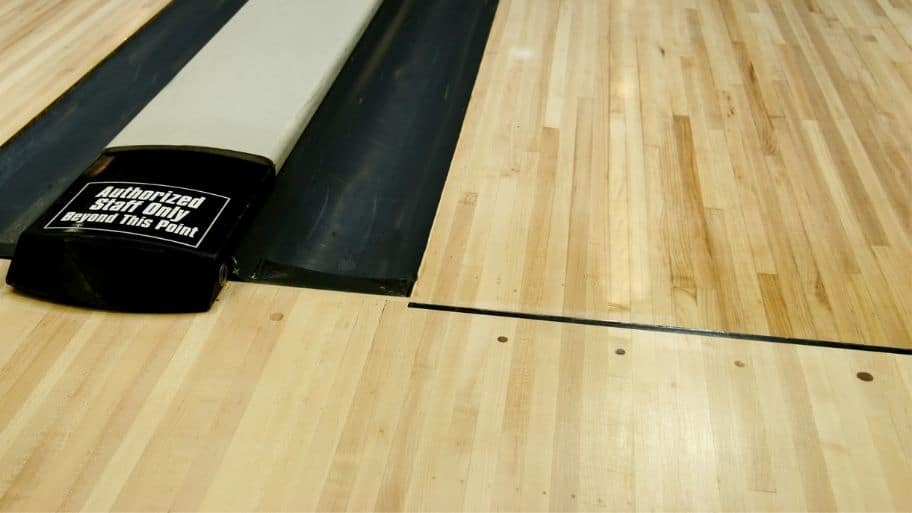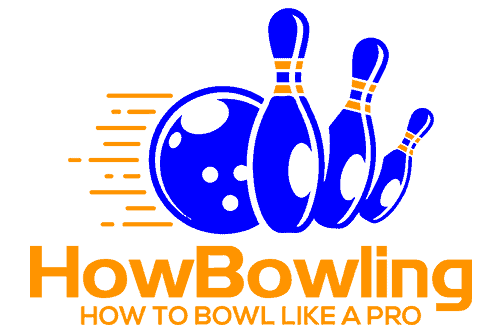If you are a beginner bowler or someone interested in starting bowling, understanding the basic rules and, most importantly, the fouls in the game are extremely important. You will easily commit a foul and lose points if you do not know these rules. Therefore, we will discuss a few game rules here that will help you understand what a foul in bowling is.
You might be thinking, what constitutes a foul in bowling? Well, no need to scour the internet for an answer because I am here to help you.
In this article, I will talk about what fouls are, what kind of fouls you might encounter in a game of ten-pin bowling, and how you can legally play the game the right way without scoring a foul. So, sit back, and make sure you read the rest of this article.

What is a Foul?
Every game has it, and players must obey the rules and avoid fouls. A foul is an illegal activity or a disregard of the rules of a game. Mostly, it results in some penalty or a score of zero.
It is the basic responsibility of a player to make sure they aren’t disobeying professional game rules if they want to avoid committing a foul. A good player understands and obeys the rules of a game.
Especially in bowling, the fouls are obvious, so anyone committing these fouls is either a beginner or someone who does not value the sport. That is why, as a bowler, you must avoid committing a foul at all costs.
Types of Fouls in Bowling
Bowling is a straightforward game with little margin of error, to be honest. But there are still chances that you might break the rules unknowingly and commit a foul. Here are 3 of the major bowling fouls you can commit in a casual or professional game:
Encroaching the Foul Line
The most popular and important foul that you should know about and surely avoid is the foul line’s encroachment. This is one of the basic rules of bowling.
A player should throw the bowling ball from behind the foul line. The foul line is 15 feet away from the approach dots, whereas there is a distance of 60 feet between the foul line and the first pin in the pin deck.
If the player mistakenly crosses the foul line, or any part of the bowler’s body touches or encroaches the foul line while the ball is still in their possession, the particular shot being taken is considered a foul.
In this case, the player will be awarded zero points no matter how many pins are knocked in that shot, but that shot only. If it is the first shot of the frame, the player can score in the second shot; if it is the second shot, then the first shot’s score will be counted as the total score of the frame.
Read more here: How bowling is scored.

Gutterball
Another type of foul that might occur, regardless of whether you are a beginner or a professional, is gutterball. This is more so due to a misjudgment of the throw but could be because of a lack of skill.
A gutterball occurs when you throw the bowling ball, but it derails from the lane into the gutters. In the event of a gutterball, the score for that shot is considered zero.
Another variation of a gutterball is illegal pinfall. In this case, the ball might go into the gutters on the side of the lane and then pop back out and knock down some pins. Since this is also a foul, the knocked pins are not considered, and the total score for the player in that shot is zero.
Time Penalty
Time penalty or shot clock foul is a foul type that is less common and more so observed only in the league or tournament games and not when you are playing with friends and family.
A time penalty occurs when a certain time has passed, and the player has not taken their shot or been absent from the alley. Under normal circumstances, the shot’s score or, more likely, the frame is considered zero.
However, in some cases, the player’s average score is taken for that frame minus 10. The penalty may or may not exist in leagues and tournaments, and if there are specific league rules, the shot clock foul can be less or more problematic for the foul-committing bowler.
What is the Legal Way of Bowling?
Now that we know what fouls we need to avoid, I believe it will be helpful if I take you through a perfectly legal bowling throw so you know how to throw the ball without committing a foul. Let us look at the proper way of bowling without any fouls or penalties.
- Grab the ball that perfectly fits your hand and feels heavy but comfortable enough to throw.
- Use the dots to find the right angle to throw the ball.
- Keep your body loose while you stretch your arm out completely before the throw.
- Release the ball when your hand is near your ankle. Make sure that you and your feet are both behind the line when you throw the ball.
- Try to throw the ball on a pre-thought path and not into the gutters; that is something you should look out for.
- Prepare for your next shot and keep in mind the fouls so you can try your hardest to avoid them and score the most points.
Read more about what to do and not to do here: Proper Bowling Etiquette.
Conclusion
Like every other sport, bowling also comes with its own rules and ethics. Failure to obey these rules may result in a foul and a penalty. So, you should learn about the different possibilities of fouls if you are thinking of playing a game and winning it.
I hope that you learned a lot from this guide. And make sure when you head to the bowling center the next time you keep these rules in mind so you can score a lot of points and have a great bowling experience.




